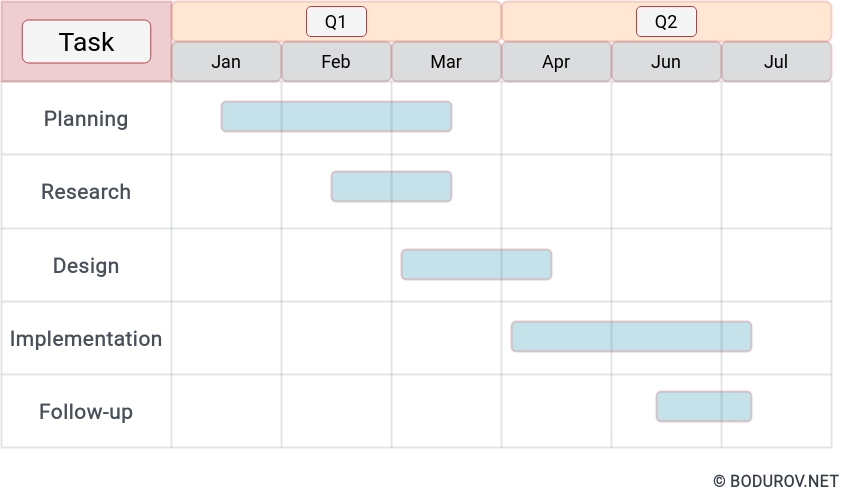In the following weeks, I shall write a couple of blog articles focused on how you can build a fictionary technical product on an extremely tight budget. The product will be defined as a side hustle, which idea will be to restructure, rewrite, and put into a modern shape an old project. We shall try minimizing the amount of time and money spent on the product because side hustles do not pay bills most of the time. At the same time, the approach will show how little is needed for a technical team to create a product and release it.
But what will be the idea – A simple tool that improves the way users plan their work. There are tons of such solutions on the market, and big companies have been developing something like that since the 90s of the last century. Keeping in mind that – we would like our fictionary product team to use new work approaches, check whether they can form a highly effective team, have some fun and focus their attention on something constructive. Of course, in reality, there will be no chances of scaling such a project. In addition, side hustle teams lose their energy and motivation to work long-term. In real life, people shift priorities – they can start working at a big corporation. Some had to focus on their income sources. Others got kids.

Such a mental example could be beneficial for every technical team despite these facts. In our fictional situation, the team will manage to make an initial version of the tool; make a website; produce a video; write a couple of technical whitepapers; create “branding” elements, and improve their skills during the period.
In the following parts of this series, I shall explain and discuss how this team will manage to achieve all of this in their “free” time and how much it will cost them in terms of money. Every part will be focused on one of the following items – branding elements, website, video, technical whitepapers, and finally, team structure and way of work. Hopefully, this will help you build your product and structure your team using the same tools and approaches.




